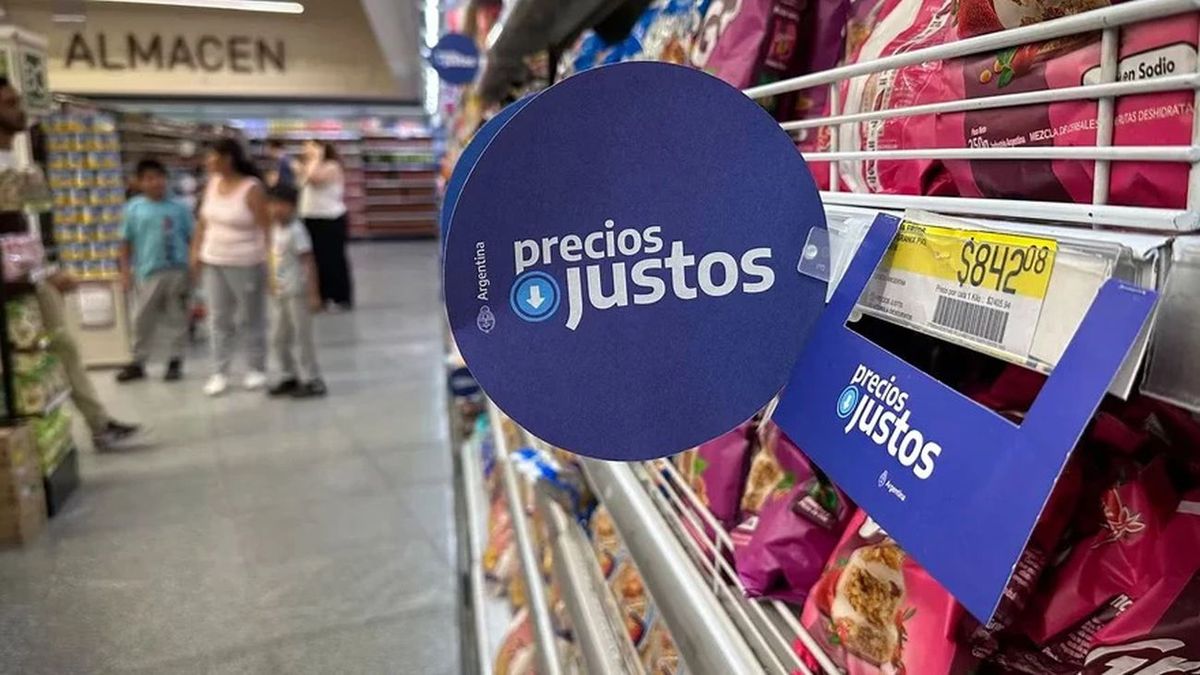The inflation June was lower than what the market expected, when the CPI climbed 6% and was 1.8 pp below May. According to the analysis of different private consultants, this data could be considered the “floor” for the coming months.
In any case, a study by Fundación Capital maintained that the different price agreements implemented by the Government can help contain the rise in retail prices during July. And he remarked that, if these programs are fulfilledthe inflation data for this month could be similar to that of last month. They also clarified that the trend would once again be upward in the near future, with levels that could once again be around 8%.
The seasonal factor had a marked impact on the slowdown in June. Something that, as remarked from Fundación Capital, will be reversed in July, “being a month in which the services associated with tourism and leisure usually adjust for the winter holidays”. “Thus, the seasonal ones would add almost one and a half points to the CPI (1.4 pp vs. 0.1 pp in June). For their part, without increases in gas and electricity services as in previous months, those regulated could reduce their impact on the CPI”, they detailed.
“However, with increases in prepaid (8.5% monthly), AMBA public transport (+6%) and telecommunications (4.5%), regulated services would add 0.8 points to the CPI in July, due to below 1.3 points in June. In this way, to show a new slowdown in July, the core should drop one more notch”the report noted.
It is within this framework that “the authorities once again bet on the relaunch of different price agreements, where the currency of exchange for companies is both the approval of SIRAs to import, and the participation in the financing program Ahora 12”. “In effect, it was agreed to freeze the prices of different durable goods, such as household appliances, clothing, electronics, bicycles and motorcycles, which together represent 13.8% of the CPI basket”, detailed the study, and added: “In addition, for mass consumption products, the guideline of maximum monthly increase of 5% was maintained, where food and beverages comprise 23.4% and personal care around 3%. In a maximum scenario, where the agreements are fulfilled in their entirety, would contribute a reduction of 1.5 percentage points to the CPI for July, and this could even show a 5 ahead”.
“Anyway, compliance is hardly complete. Regarding mass consumption products, two thirds of sales are made in supermarkets and specialized businesses (such as greengrocers, bakeries, butchers, etc.), where agreements are not reached, but where prices are collected for the CPI. In fact, the difference between the prices of products within the Fair Prices program and those surveyed by INDEC in recent months exceeded 50% on average, with products such as noodles and oils exceeding the 100% gap in June. All this means that the agreed prices not only do not work as a reference, but also at the end of the agreements, they put pressure to accommodate themselves, recovering the lost ground”, they explained.
“In short, we understand that price agreements can have a short-term impact, similar to what happened at the end of last year. So, the CPI for the seventh month could return to around 6%, although it is difficult to deepen the decline. In addition, it is a temporary moderation. Going forward, the trend is upward”, they added from Fundación Capital.
Projections and analysis
Consumption Inflation Basic Basket Supermarket
For some consultants, June inflation can be considered a “floor” for the coming months
Mariano Fuchila
In any case, according to the first polls, the projections of private consultancies locate the inflation of this month above June. By case, from eco go projected a rise in the CPI at a general level in the 6.6%because food would reach 7.3%.
Meanwhile, since C&Tpointed out that “the data from the first days of July place inflation above 7%in a month where tourism has a greater incidence, and where there are greater increases in regulated prices (prepaid, schools)”.
In this context, from the consultancy sarandi pointed out that “the CPI floor continues to be high, given an inertia of the regime that is not broken with gradualism nor appealing only to the best expectations in the market”. “Without the possibility of using shortcuts in the short term, Massa knows that keeping the CPI in the area of 5% to 7% is an acceptable result. 2023 would close with an acceleration of between 30 and 40 points. Although they are exorbitant levels, it would be a lower rise than that of the dramatic 2022. We will have to wait ”, they detailed from the firm.
It is that, as they remarked from GCLbeyond the slowdown of recent months, it is not expected “that a change in trend will be observed during this year”. “The economy is still closed and expectations about a new government and future changes in relative prices will continue to keep inflation at high levels. The drop in aggregate demand may put a brake, but it will do so based on high inertia,” they explained.
Source: Ambito




